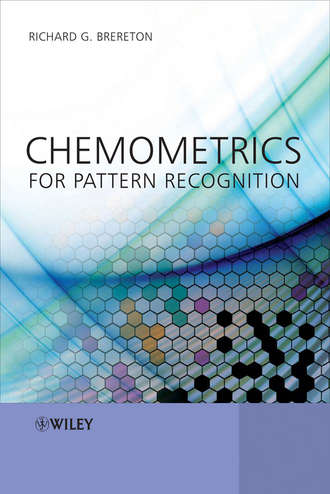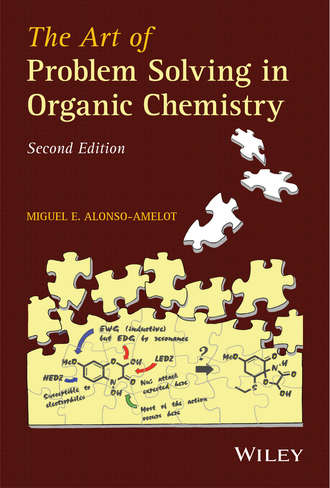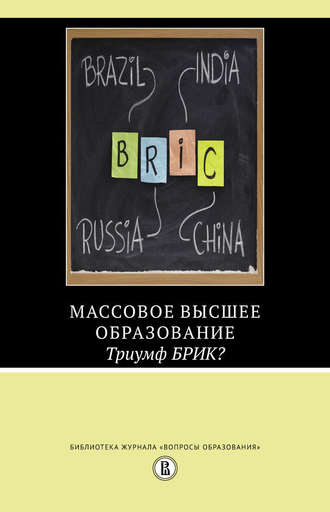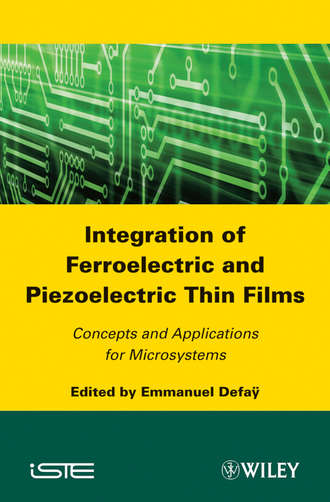Chemometrics for Pattern Recognition
Richard Brereton G.
Over the past decade, pattern recognition has been one of the fastest growth points in chemometrics. This has been catalysed by the increase in capabilities of automated instruments such as LCMS, GCMS, and NMR, to name a few, to obtain large quantities of data, and, in parallel, the significant growth in applications especially in biomedical analytical chemical measurements of extracts from humans and animals, together with the increased capabilities of desktop computing. The interpretation of such multivariate datasets has required the application and development of new chemometric techniques such as pattern recognition, the focus of this work. Included within the text are: ‘Real world’ pattern recognition case studies from a wide variety of sources including biology, medicine, materials, pharmaceuticals, food, forensics and environmental science; Discussions of methods, many of which are also common in biology, biological analytical chemistry and machine learning; Common tools such as Partial Least Squares and Principal Components Analysis, as well as those that are rarely used in chemometrics such as Self Organising Maps and Support Vector Machines; Representation in full colour; Validation of models and hypothesis testing, and the underlying motivation of the methods, including how to avoid some common pitfalls. Relevant to active chemometricians and analytical scientists in industry, academia and government establishments as well as those involved in applying statistics and computational pattern recognition.
- Категория: зарубежная образовательная литература
- Правообладатель: John Wiley & Sons Limited
- Возрастное ограничение: 0+
- ISBN: 9780470746479
- Легальная стоимость: 15595.77 руб.





